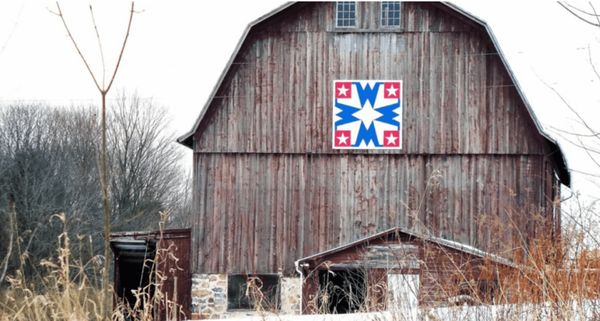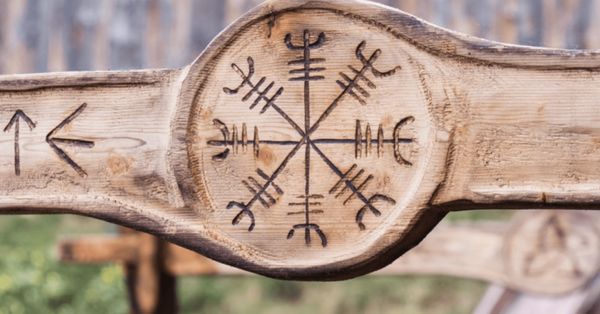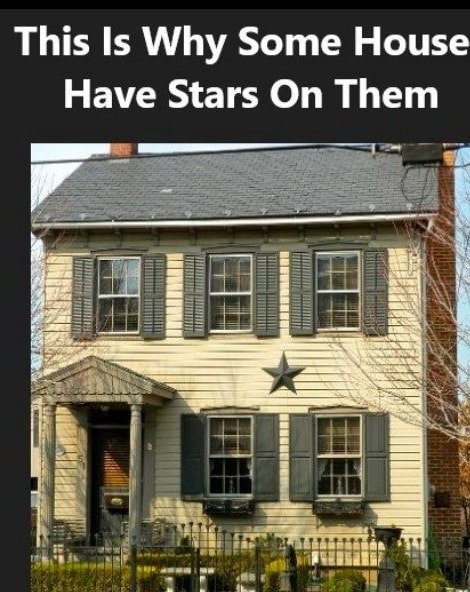
Have you ever noticed those captivating adornments resting atop barn doors? These charming decorations, referred to as barn stars, hold a deeper significance. They serve as symbols of protection and prosperity for German-American farmers. Let’s delve into their captivating history and the meanings they carry.
Barn stars, also known as hex signs or quilt squares, are often crafted out of metal or painted stars. These exquisite emblems are placed on top of barns with the intention of safeguarding against evil and bringing prosperity to the farmer’s crops. What makes them even more intriguing is that each barn star possesses a unique meaning and can differ in color.

- A green barn star signifies the fertility of crops and robust growth.
- Blue or black barn stars symbolize protection for the farmer, their household, and their crops.
- On the other hand, a brown barn star represents friendship.
The tradition of using barn stars dates back to the 1830s and originates from the Pennsylvania Dutch, or Amish, community. These barn stars are modified versions of European German folk art. The Amish are well-known for leading simple lives, far removed from modern technology and popular culture.

Barn stars are only one aspect of the many regional customs and traditions passed down through the years. It’s fascinating to discover how closely related things can have distinct meanings within the Pennsylvania Dutch traditions. There are two parallel traditions, as Patrick Donmoyer, who oversees the Pennsylvania German Cultural Heritage Centre at Kutztown University, explains: “There are the barn stars, and then there are the hex signs.”
In addition to their presence on barns, hex signs, which resemble barn stars, can be found in other places as well. They were believed to bring luck to newlyweds, evident on marriage licenses. They were even displayed on grave markers to aid the deceased in finding peace in the afterlife.

Contrary to popular belief, barn stars were not necessarily connected to supernatural events or notions. They were simply an integral part of the agricultural lifestyle. However, hex signs were inspired by barn stars and emerged almost a hundred years later.
The appearance of barn stars and quilt squares on barns throughout Pennsylvania Dutch country serves as a reminder of the ingenuity, labor, and customs treasured by this distinct culture. These symbols represent the rich culture and traditions that have been passed down from one generation to the next. They act as decorative reminders of their ancestors and their homeland.
It comes as no surprise that various tribes and nations worldwide possess ancient symbols akin to barn stars. These symbols have been adapted to ward off evil and protect homes and families, just like barn stars.
Here are a few examples:
Om: This symbol, frequently used during meditation and other spiritual practices, offers protection and balance.

The Eye of Horus: An Egyptian symbol believed to provide protection and healing.

The Turtle: Revered by Native American and African tribes, the turtle is a symbol of longevity, wisdom, fertility, and grounding.

Helm of Awe: The Norse Shield

Finally, we have the Norse symbol known as the Helm of Awe. It was said to shield warriors during combat and instill fear in the hearts of their adversaries.
Despite the distances between us, technological advancements have made it easier to recognize the similarities amongst various nations and civilizations. Each culture has its own name and interpretation for these symbols, yet they all promise safety, wealth, and good health. They serve as a reminder of our ancestors’ desires for the future prosperity of our families and communities.
The intriguing history of barn stars unveils the beauty of these simple designs. To explore more ideas and instructions, watch this captivating video. Remember, whether it’s a black barn star or an Om symbol, these timeless emblems bring joy, protection, and a deeper connection to our roots.






